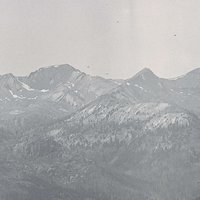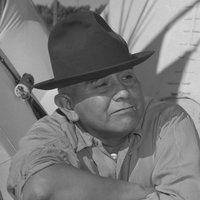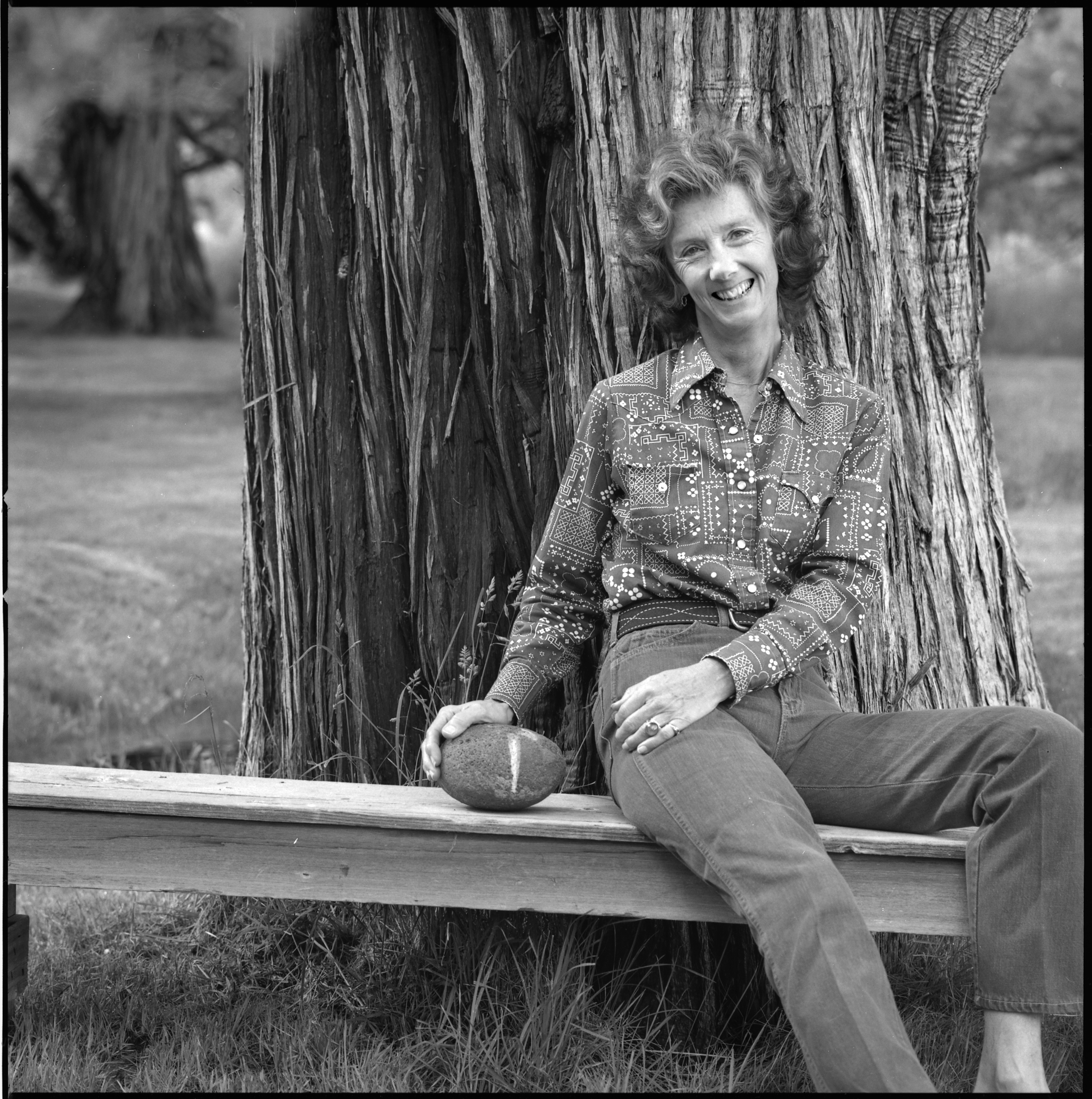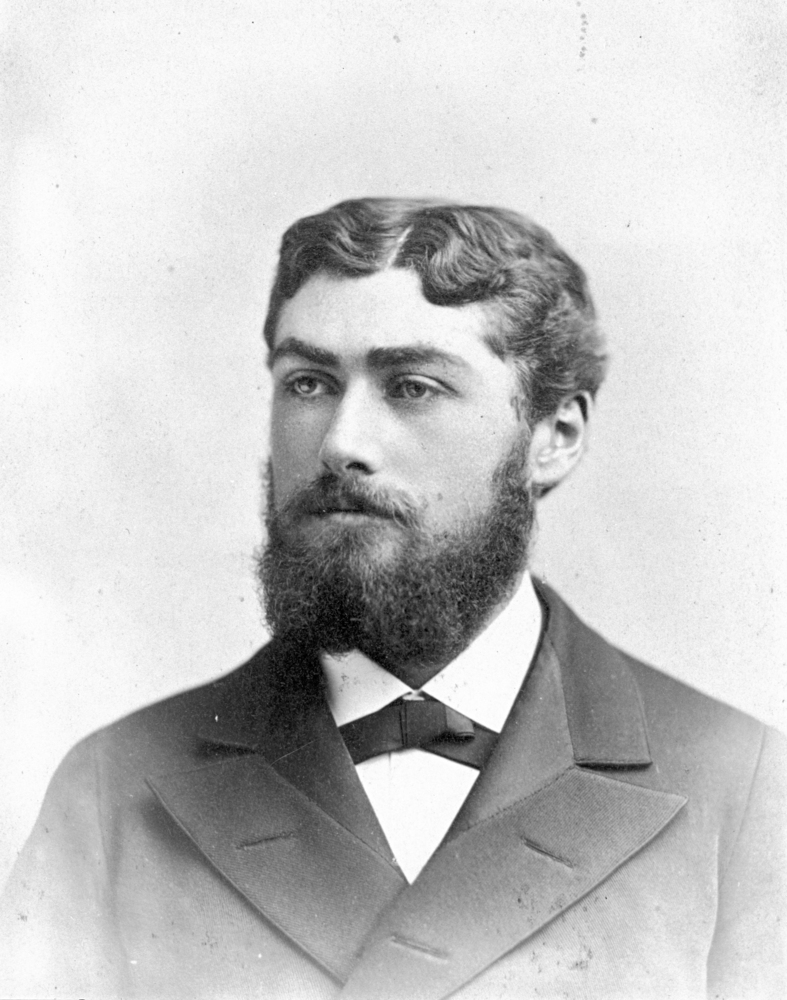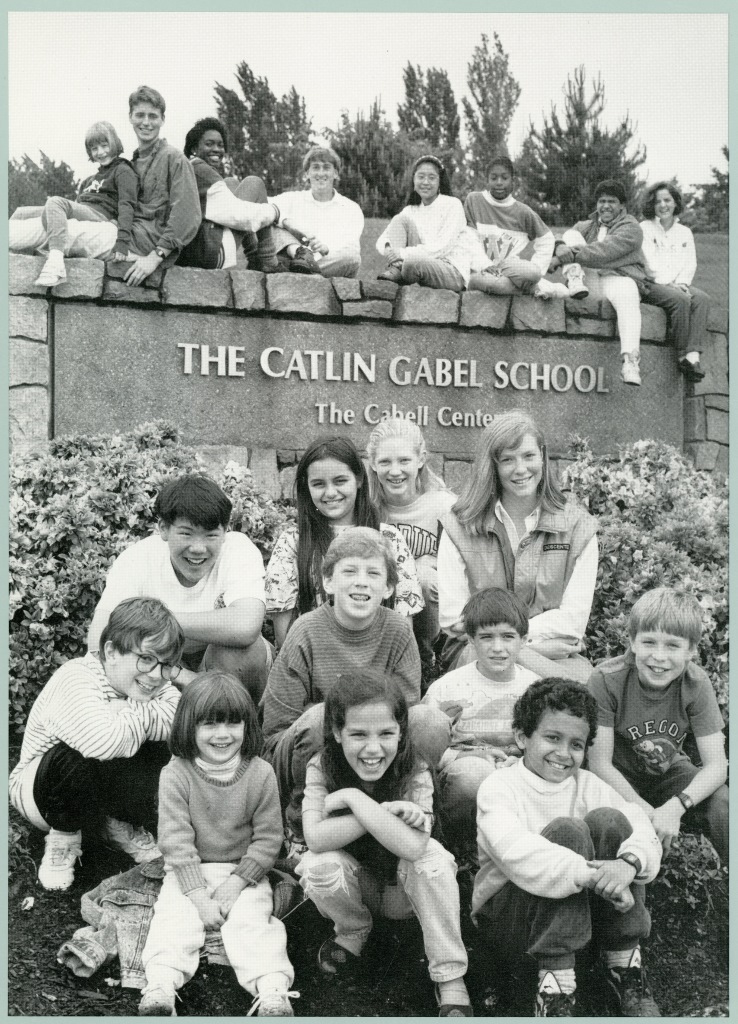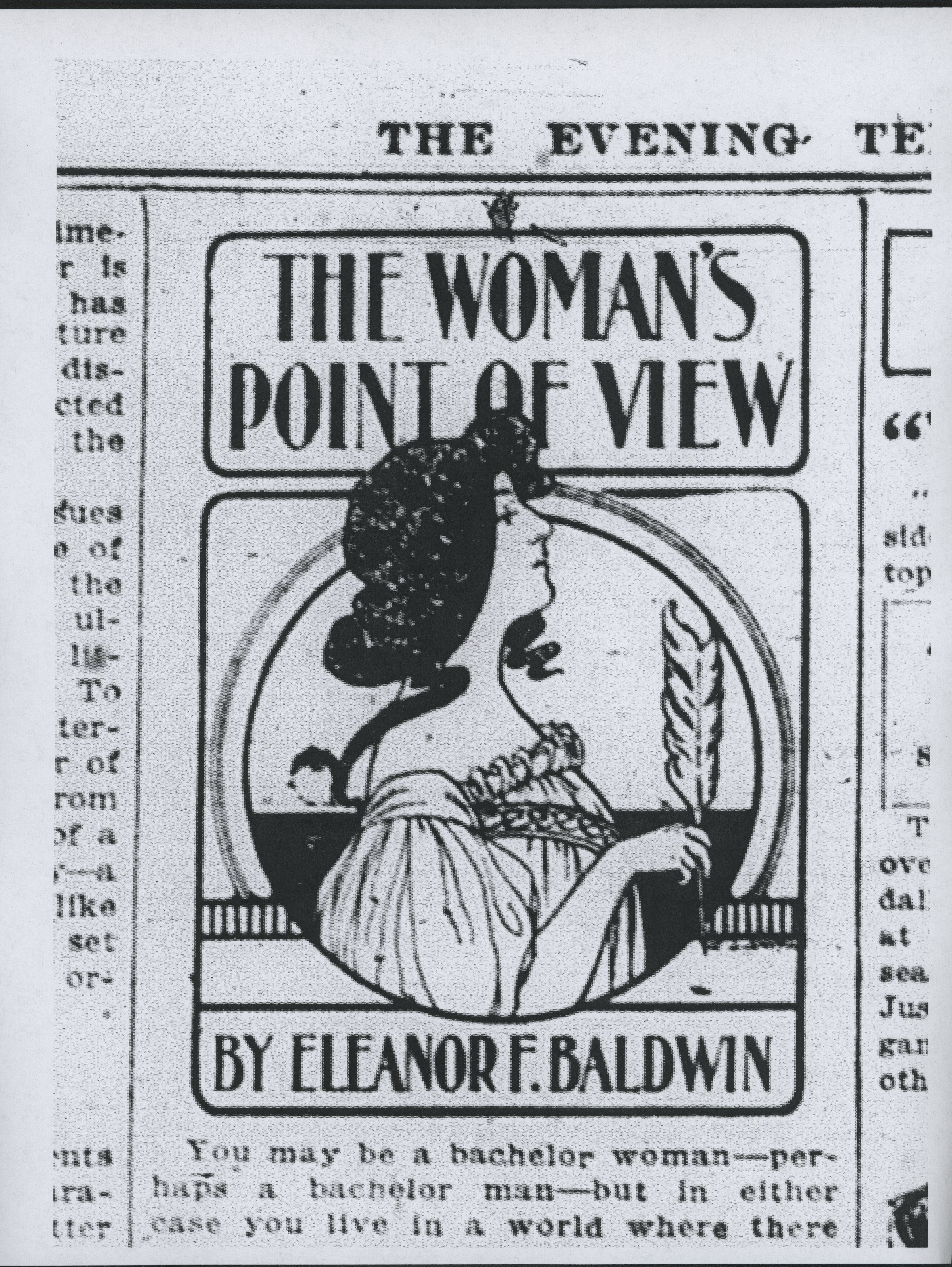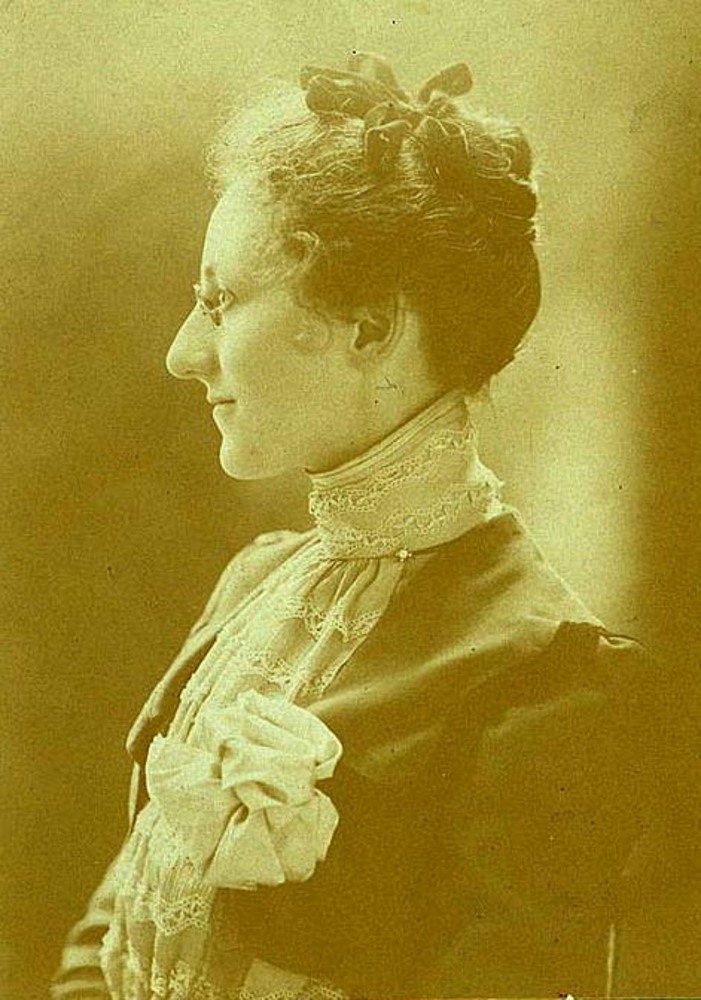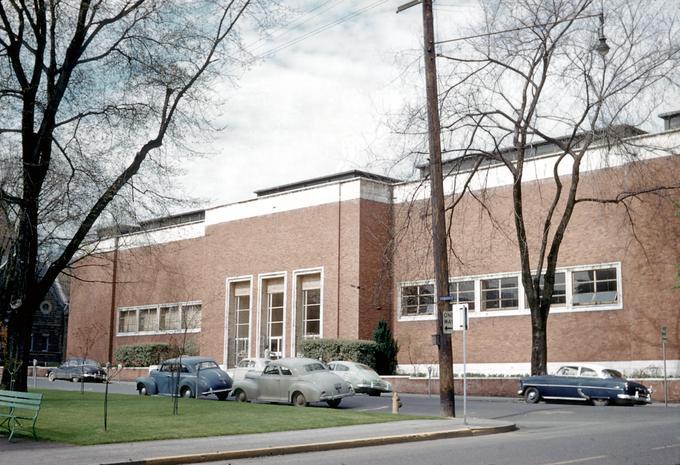Marian Wood Kolisch was an Oregon photographer known for her documentation of those who helped shape cultural life in Oregon during the twentieth century. From 1976 through the early 2000s, she worked to create a record of the artists, dancers, writers, historians, gallerists, and other cultural figures who were significant from the 1920s onward.
Marian Wood was born in Ontario, Oregon, on February 29, 1920. The granddaughter of lawyer, political activist, author, and artist C.E.S. Wood, she had an interest in creative expression that took root at an early age. As a child, she wanted to be a writer and often retreated to the attic of her Portland home to practice. Later, as a young adult, she was passionate about acting and performed in Portland Civic Theatre productions. It had been her hope upon graduating from Miss Catlin's School (later Catlin Gabel) to go to drama school, but she lacked the funds. Out of necessity, she went to Katherine Gibbs secretarial school in Boston and, upon graduating in 1939, returned to Portland to work at a law firm. She disliked being a secretary and was fortunate to be hired to host a daily news and entertainment broadcast at the Swan Island shipyard, which was more in line with her creative aspirations.
In 1943, Wood married Pierre Kolisch, and they moved to Suffern, New York, so he could practice law at his father's firm. Like many women of her generation, she put aside dreams of creative fulfillment to raise two daughters, Leslie and Christine, and run a household. In 1952, the family returned to Portland, where Kolisch's husband started a law firm and she had a third child, Pierre Jr., and volunteered at Catlin Gabel School and the Portland Art Museum. It was not until 1972, when she took a photography workshop with Paul Miller in central Oregon, that Kolisch found her calling as a photographer.
Serious about becoming proficient as a photographer, she continued to study with Bill Grand at the Portland Art Museum School, where she learned about the creative process of taking a photograph, darkroom work, and the history of photography. On Grand's recommendation, Kolisch attended a two-week workshop in 1974 with landscape photographer Ansel Adams in Yosemite. Adams taught her to maintain a ceaseless pursuit of perfection while photographing and working in the darkroom, which was a revelatory experience for Kolisch and cemented her desire to become a professional photographer.
In 1976, Kolisch began what would become a decades-long project to document those who had made significant contributions to Oregon's cultural scene, including both high-profile creative people and the philanthropists and administrators who worked behind the scenes. She began with the innovative, internationally acclaimed architect Pietro Belluschi, designer of the Portland Art Museum and the Equitable Building, who she not only photographed but also interviewed. The practice of augmenting a portrait session with an interview became part of Kolisch's process when working with those whose careers were mostly complete.
Later that year, Kolisch attended a workshop with photographer Arnold Newman, who had pioneered the environmental portrait, which combined the best elements of snapshot and studio photography. He photographed his subjects in their own environments, using available light, but shot with a large or medium format camera on a tripod to ensure a detailed, high-quality negative. Kolisch was already using this approach, but she further perfected her style in her studies with Newman, looking at composition and how to bring out the individuality in each subject.
In 1989, Kolisch exhibited twenty-two of her portraits, along with extracts from her interviews with her subjects, in Oregon's Cultural Visionaries: Portraits by Marian Wood Kolisch at the Portland Art Museum. The exhibit included photographs of art patron and gallerist Arlene Schnitzer, writer Ursula K. Le Guin, and painter Carl Morris. For the next fourteen years, she continued to photograph Oregonians, capturing the likenesses of such cultural luminaries as movie director Gus Van Sant, conductor James DePreist, and painter Henk Pander. She also completed two other notable bodies of work: a series on dancers, including Body Vox founders Jamey Hampton and Ashley Roland, and a series of portraits of internationally prominent photographers that included Ansel Adams, Arnold Newman, and Imogen Cunningham. Kolisch photographed her last subject, Senator Mark O. Hatfield, in 2003 and published a book of photographs, Marian Wood Kolisch Portraits, in 2004.
Kolisch died on November 24, 2008. The majority of her photographs are in the permanent collection of the Portland Art Museum, with a smaller selection, along with negatives and interviews, in the Davies Family Research Library at the Oregon Historical Society.
-
![]()
Marian Wood Kolisch, self-portrait.
Courtesy Oregon Hist. Soc. Research Lib., Org. Lot 1078, bb008916
-
![]()
Marian Wood Kolisch.
Courtesy Oregon Hist. Soc. Research Lib., bb008915
Related Entries
-
![C.E.S. Wood (1852-1944)]()
C.E.S. Wood (1852-1944)
C.E.S. Wood may have been the most influential cultural figure in Portl…
-
![Catlin Gabel School]()
Catlin Gabel School
Catlin Gabel School in Portland is the largest nondenominational privat…
-
![Eleanor Baldwin (1854-1928)]()
Eleanor Baldwin (1854-1928)
The career of Eleanor Baldwin, a radical journalist, reveals the cross-…
-
![Lily Edith White (1866-1944)]()
Lily Edith White (1866-1944)
Photographer Lily White once professed: "Alone—controlling the power, d…
-
![Myra Albert Wiggins (1869-1956)]()
Myra Albert Wiggins (1869-1956)
Myra Albert Wiggins was a painter and photographer who gained recogniti…
-
![Portland Art Museum]()
Portland Art Museum
The Portland Art Museum, which opened in 1895 in the city library with …
Related Historical Records
Map This on the Oregon History WayFinder
The Oregon History Wayfinder is an interactive map that identifies significant places, people, and events in Oregon history.
Further Reading
Kolisch, Marian Wood. Marian Wood Kolisch Portraits. Portland, Ore.: Friends of Marian Wood Kolisch, 2004.
Strayer, Jennifer. "The Late Life Career of Marian Wood Kolisch." Oregon Historical Quarterly 113:1 (Spring 2012).

